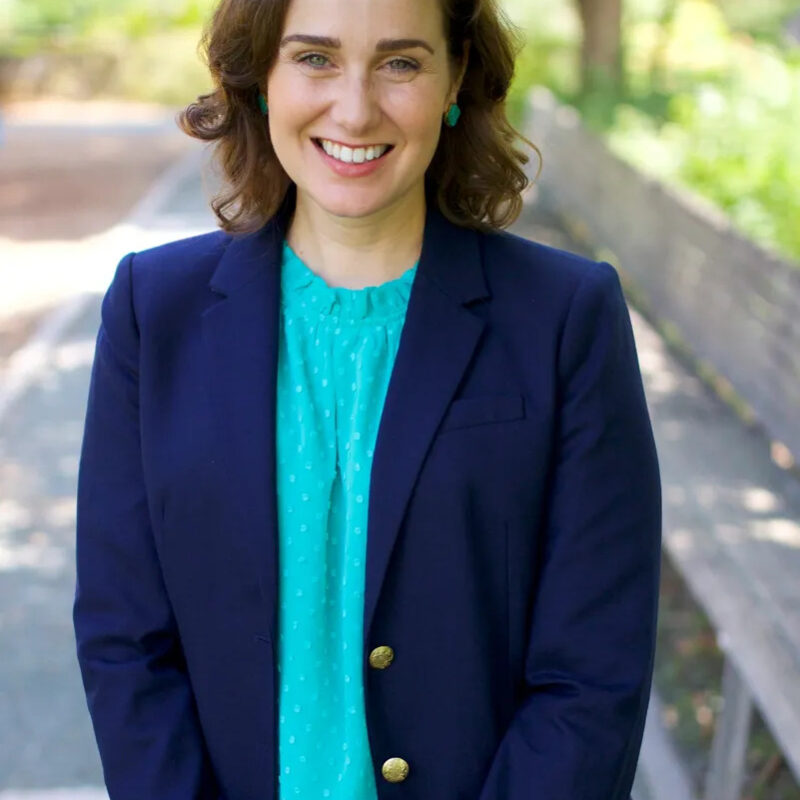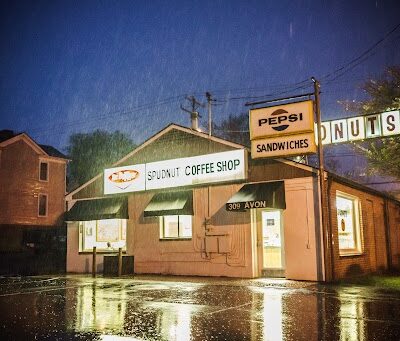Internet Crimes Against Children task forces work on both child enticement cases and child pornography cases, and the latter are becoming increasingly important. Albemarle Detective Chuck Marshall tells me when we begin to talk about ICAC that “at any given time there could be 40, 50, 60 people just in Charlottesville based on their IP addresses, up sharing, trading, exchanging child pornography.”
Going after predators in chat rooms is exciting to the media and the police, but it’s ridiculously time consuming, not to mention the fact that you’re dealing with criminals who could be anywhere. Going after people trading child pornography makes it easier to stay close to home, as current technology allows cops to track local IP addresses, to “clean up our own back yard,” as Bedford County Sergeant Rodney Thompson puts it.
While the problem of adults having sex with minors has changed somewhat because of the Internet, child porn has exploded. Thanks to digital cameras, file sharing and websites like photobucket, it has never been easier to make and distribute photographs and videos in complete secrecy. The National Center for Missing and Exploited Children (NCMEC) has said that since 1997 the amount of child porn available on the Internet has increased 1,500 percent. Nonelectronic child porn has almost disappeared, but online it’s become a multibillion dollar industry.
But rethink your mental image of “child porn.” This ain’t always Barely Legal we’re talking about here, or even Barely Illegal. Although the ICAC forensics teams sometimes have to call on doctors at UVA to verify the age of the kids, serious child fetishists are not merely skirting society’s “18 is legal” rule. “A lot of the stuff we see is prepubescent,” Marshall says when I ask him how they know the pictures are of underage kids. “[It’s] pretty obvious.”
“I’ve seen images of children having sex as young as 5, 4 years old,” Marshall says, “along with videos of adults having sex with children 4 and 5 and 6 years old.”
The cops treat child porn like it’s a virus. If defense attorneys want to see the evidence in a case they are defending, they must come into the Albemarle Police Department offices to view it. If the evidence must travel to court, it does so on a special laptop. The stuff must not leak out.
The reason there’s so much of this toxic stuff, is that kiddie porn aficionados are hoarders. When the cops seize a suspect’s computer, it can have thousands of images on it. Hell, it can have hundreds of thousands of images on it, all neatly organized in folders. “It just depends on the storage [capacity],” Detective Mike Wells, the Albemarle ICAC forensics guy, tells me. “It’s become their hobby.”
More like an addiction, or an obsession. I hear stories of people arrested with 10 or 12 computers filled with images, of people who stay up for days on end, shitting in a bucket so they don’t have to leave their computer.
“We’re not the morality police,” Marshall says. “We don’t care how much porn you have on your computer, but if those images or videos are of 18-year-olds or younger, we’re gonna come get ya.”
“It might take you months and months to go through,” Thompson says. “I mean I went through the other week 55,000 images of boy-on-boy porn…and we have to physically sit down and go through and flag every image and submit it to the Commonwealth to charge on. Fifty-five thousand images, even at one second apiece, will take days and days to go through.”
I ask Marshall if it’s hard to do the work, to see the things he sees every day. “The only thing I can [compare] it to would be working with a homicide scene or a DOA scene,” he says. “You know the first couple ones of those you work is kind of…it’s a little eerie to you, but you get used to the body after a while…I don’t know, I guess you put up a wall, or…somehow you deal with it so it’s not that bad. You know, I still look at some of these images and I go, ‘Holy smokes, that’s just absolutely horrible.’ And I think what keeps me O.K. with it is that I’m gonna put this guy away.”





